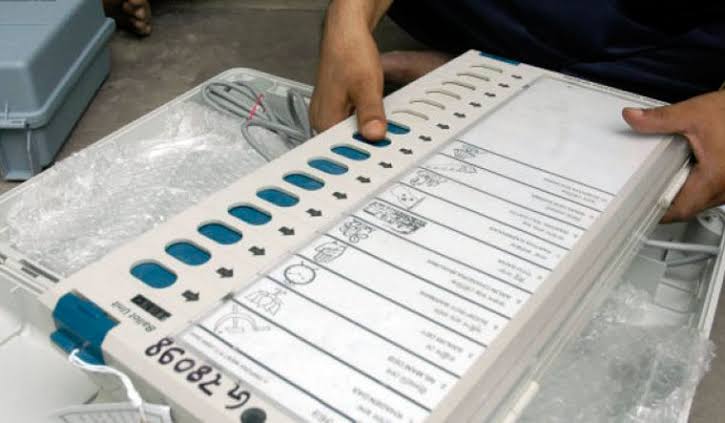Disaster risk reduction turning into jan andolan: Principal Secy
Sessions of the National Platform for Disaster Risk Reduction (NPDRR) are turning disaster risk reduction into a ‘jan andolan’ as envisaged by Prime Minister Narendra Modi, Principal Secretary to the Prime Minister P K Mishra said here on Saturday.
Addressing the valedictory programme of the 3rd Session of the National Platform, Mishra, who attended all three sessions of NPDRR since 2013, expressed happiness over the enlarged scope of conversation and the breadth and depth of the discussions.
He underlined the importance of the theme of the session “Building Local Resilience in a Changing Climate” as it responds to the need for localising disaster risk management at a time when disaster risks are not only increasing but new patterns of risks are emerging.
Mishra referred to the prime minister’s 10-Point Agenda that emphasizes the need for building local capacities and initiatives, and especially women’s leadership in disaster risk management. Learning from the proceedings of the sessions will go into implementation of the Prime Minister’s ten-point agenda and the Sendai Framework, he said.
He said new technologies can make disaster management tools and practices more effective in events like cyclones, disaster resilient infrastructure. “The next three years are very critical, and we must pursue this with single minded focus,” he said.
The principal secretary alerted the stakeholders of slow progress on the Sendai Framework, whose eighth anniversary falls in one week. “More than half of this 15-year Framework’s time has passed and the world is way off track from achieving the Sendai targets. We must rededicate ourselves to creating a more effective, more responsive system of disaster risk management to work towards a safer country and safer world with more resilient communities,” he added.
He suggested two overarching themes for the stakeholders to pursue. First, relates to professionalizing the disaster risk management set-up at State and district levels, and, second, developing programmes and interventions which are responsive to the needs of the people.
With regard to the first theme, the Principal Secretary said that “all aspects of disaster management functions at all levels – national, state, and district — need to be supported by professionally trained staff, a fit-for-purpose structure, administrative infrastructure, modern workspace, and necessary facilities such as Emergency Operations Centers.”
This professionalization needs to cover SDMSs, DDMAs both. He said disaster preparedness and disaster mitigation needs to be professionalized on the lines of professionalization of disaster response that happened with the arrival of NDRF and SDRF. States, Mishra said, have adequate resources and they will be supported by NDMA, NIDM, and NDRF in a coordinated manner, he added.
With regard to the second theme of programme development, Mishra said that policies and programmes go hand in hand. “In the development of programmes we must work across sectors. This will require combined efforts of disaster management, environment, water resources, education, urban development, agriculture and public health sectors,” he said.
The principal secretary asked the National Disaster Management Authority (NDMA) to consider developing inter-sectoral programmes as the appropriate context for advancing the application of disaster management, as mainstreaming of disaster risk management in development is not possible until it is known how to apply the regular programmes for risk reduction. He highlighted the need of prioritizing the needs of the most vulnerable.
The Statesman





